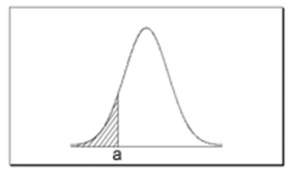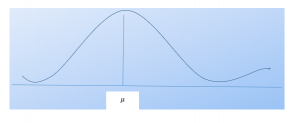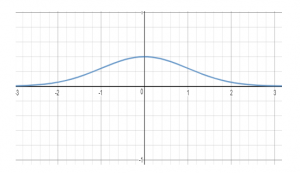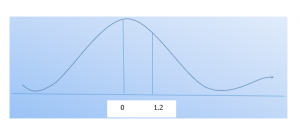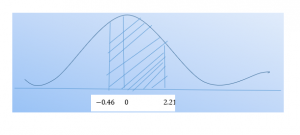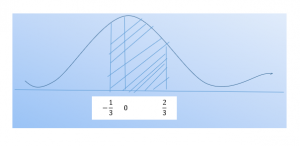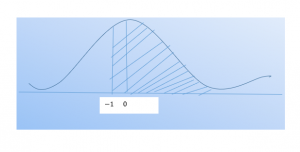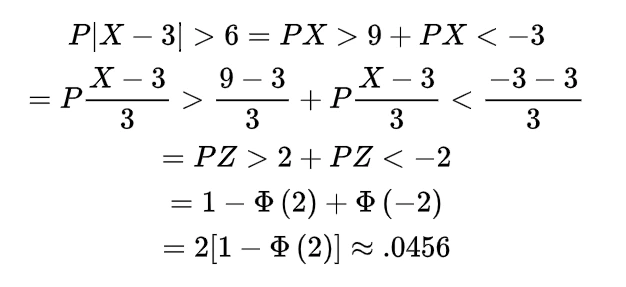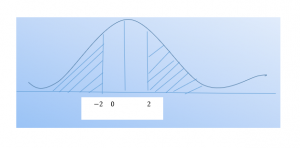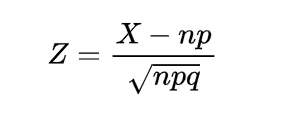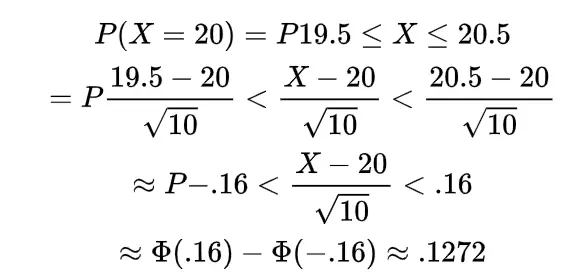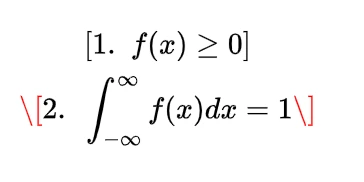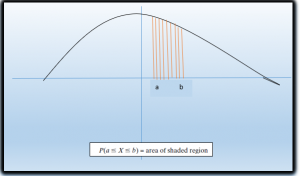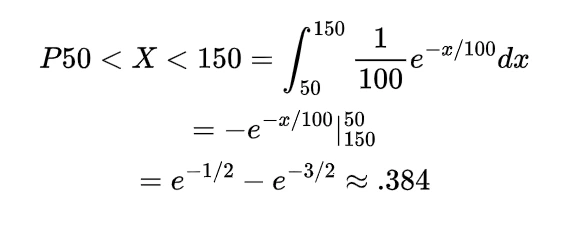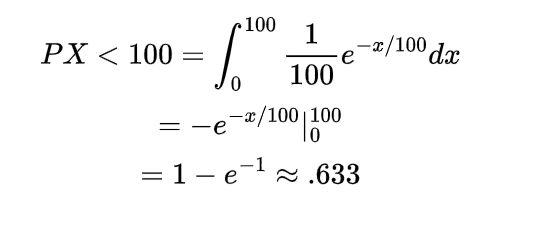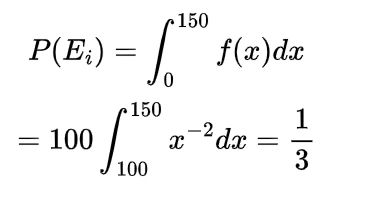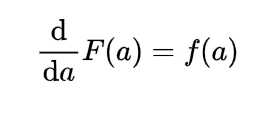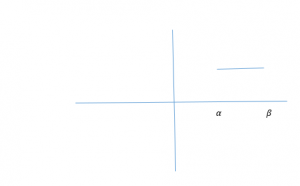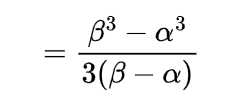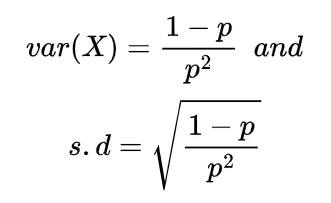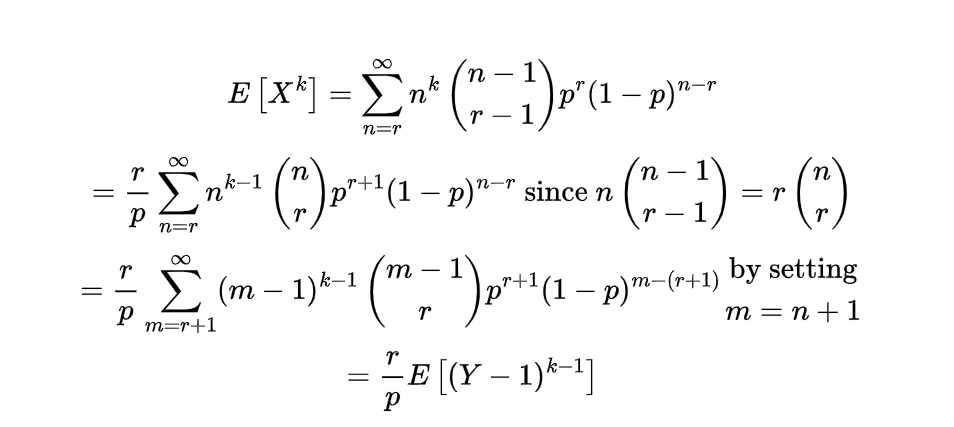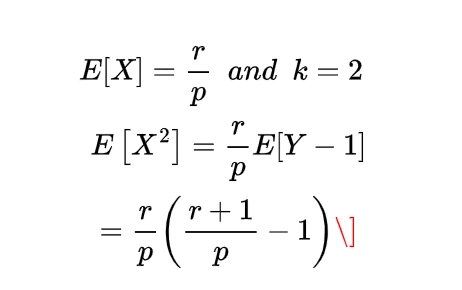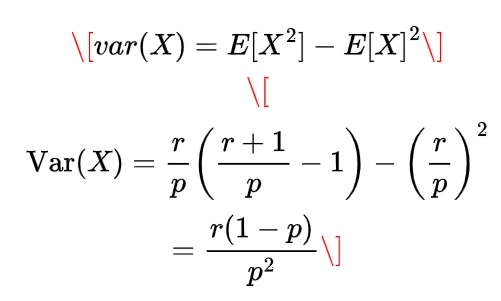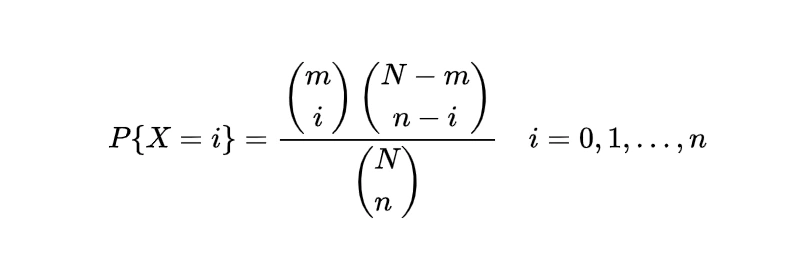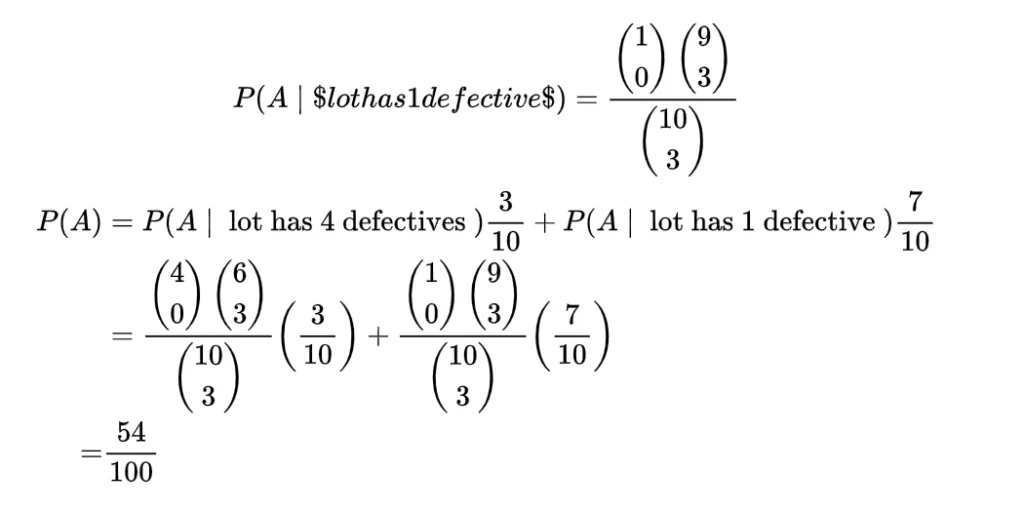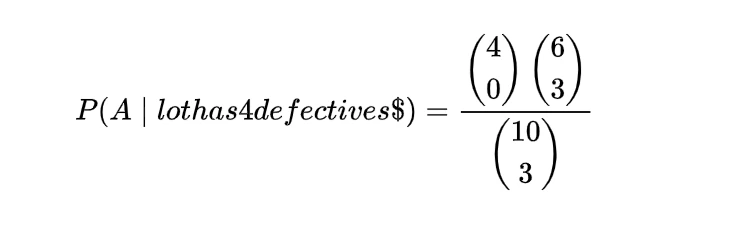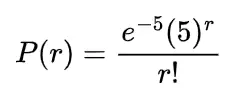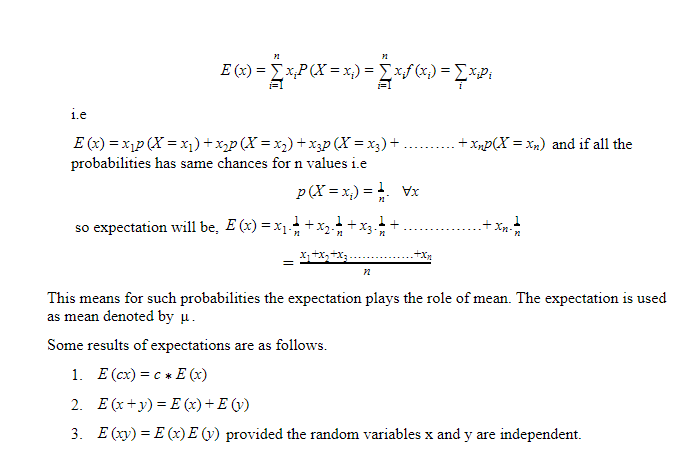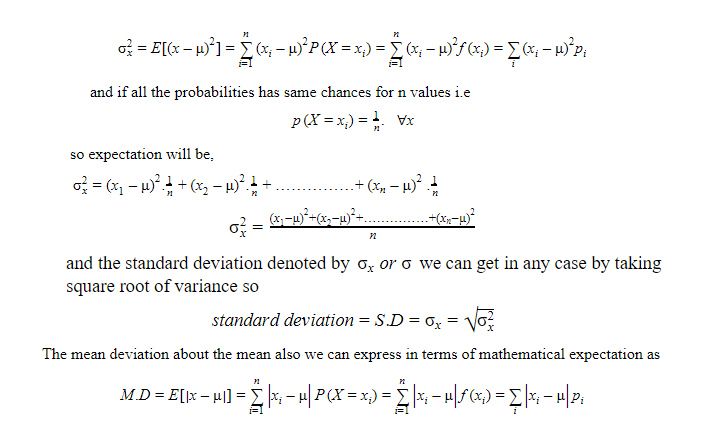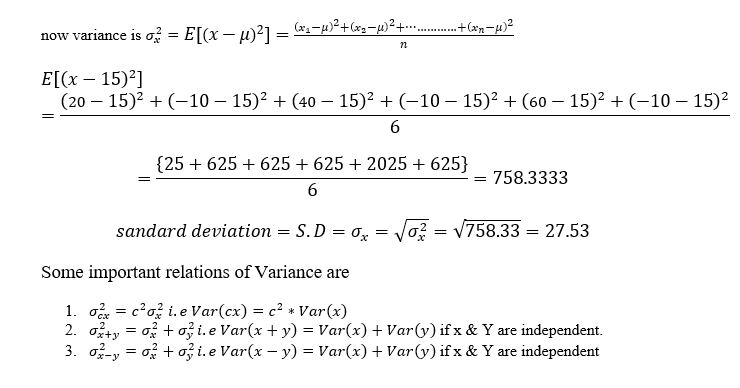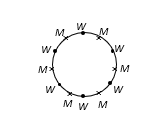A brief Description of Probability theory
In the previous articles, the probability we discussed was at very basic level, Probability is a means of expressing information that an occurrence of an event has occurred, In pure mathematics the concept of probability has been described in the form of probability theory which is widely used in the areas of real life as well as different branches of philosophy, science, gambling, finance, statistics and mathematics etc. for finding the likelihood of main events.
Probability theory is the branch of mathematics which deals with the random experiment and its outcome, the core objects for dealing such analysis of the random experiment are events, random variable, stochastic processes, non-deterministic events etc.
Providing an example when we toss a coin or die this event although is random but when we repeat such trial number of times the result of such trial or event will result in a particular statistical arrangement which we can predict after studying via law of large numbers or the central limit theorems etc. so likewise we can use probability theory for the day to day activity of human beings e.g. large set of data can be analyze by quantitative analysis, for explanation of those systems for which we have insufficient information we can use probability theory e.g. complex systems in statistical mechanics, for physical phenomena of atomic scales in quantum mechanics.
There are number of real life situations as well as applications where the probabilistic situation occurs the probability theory will be used provided the familiarity of the concept and the handling of the results and relations of probability theory. In following we will get some differentiation of the situations with the help of some terms in probability theory.
Discrete probability
Discrete probability theory is the study of random experiments in which the result can be counted numerically, so here the restriction is the events whatever occurred must be countable subset of given sample space. It includes the experiment of throwing coin or dice, random walk, picking cards from deck, balls in bags etc.
Continuous probability
Continuous probability theory is the study of random experiments in which the result is within the continuous intervals, so here restriction is the events whatever occurred must be in the form of continuous intervals as a subset of sample space.
Measure-theoretic probability
The Measure theoretic probability theory deals with the any of discrete and continuous random outcome, and differentiate in which situation what measure have to be used. The measure theoretic probability theory also deals with the probability distributions which is neither discrete nor continuous nor the mixture of both.
So to study the probability we must know first of all what is the nature of random experiment either that is discrete, continuous or mixture of both or neither, depending on this we can set our strategies which way we have to follow. we will discuss all the situation consecutively one by one.
EXPERIMENT
Any action that produces a result or an outcome is called as experiment. There are two types of experiment.
| Deterministic Experiments | Non-deterministic Experiments (or Random Experiments) |
| Any experiment whose outcome we can predict in advance under some conditions. | Any experiment whose outcome or result we cannot able to predict in advance. |
| For example flow of current in specific circuit based on the power provided we know by some physical laws. | For example tossing of an unbiased coin we don’t know head will come or tail |
| We don’t need probability theory for such experiments outcome. | We need probability theory for such experiments outcome. |
Theory of Probability is basically depending on the model of a random experiment, that implies an experiment whose outcome is unpredictable with certainty, before the experiment is run. People normally thinks that the experiment can be recurrent forever under fundamentally the same circumstances.
This presumption is important because the theory of Probability is concerned with the long-term practices as the experiment is recreated. Naturally, a proper definition of a random experiment needs a careful definition of specifically what information about the experiment is being recorded, that is, a careful definition of what constitutes an outcome.
SAMPLE SPACE
As already discussed Sample space is nothing but the set having all possible outcomes of non-deterministic or random experiment. In mathematical analysis random variable which is outcome of such experiment is a real valued function denoted by X i.e X:A ⊆ S → ℝ that we will discuss in detail later. Here also we can categorize sample space as finite or infinite. Infinite sample spaces can be discrete or continuous.
| Finite Sample Spaces | Infinite Discrete Sample Spaces |
| Tossing a coin or anything with two different result {H, T} | Repeatedly tossing a coin until first head shows possible outcome may be {H,TH,TTH,TTTH,…………} |
| Throwing a die {1, 2, 3, 4, 5, 6} | Throwing a die repeatedly till 6 come |
| Drawing a card from a deck of 52 cards | Drawing a card and replacing till queen come |
| Choosing a birthday from a year {1, 2, 3, 4, …, 365}. | Arriving time of two consecutive trains |
EVENT
Event as already we know is subset of the sample space of random experiment for which we are discussing the probability. In other word we can say any element in the power set of sample space for finite sample space is Event and for infinite we have to exclude some subsets.
| Independent events | Dependent Events |
| If there is no effect of the events to other events | Occurrence of one event affect other events |
| For example tossing a coin | Drawing a card without returning. |
| Probabilities of the events also not affected | Probabilities of the events affected |
| P(A ⋂ B) = P (A) X P(B) | P(A ⋂ B) =P(A) X P(B/A) P(B/A) is the conditional prob. of B given A |
RANDOM VARIABLE
The understanding of random variable is very important for the study of probability theory. Random variable is very helpful to generalized the concept of probability which gives mathematical property to probabilities questions and the use of measure theoretic probability is based on random variable. Random variable which is outcome of random experiment is a real valued function denoted by X i.e X:A ⊆ S → ℝ
| Discrete Random Variable | Continuous Random Variable |
| Countable outcome of random experiment | Outcome of random experiment in range |
| For a coin toss, the possible events are heads or tails. so random variable takes the values : X=1 if heads and X=0 if tails | a real number between zero and one |
| For throwing a die X=1,2,3,4,5,6 | For the time of travelling X=(3,4) |
A random variable can be thought of as an unknown value that may change every time it is inspected. Thus, a random variable can be thought of as a function mapping the sample space of a random process to the real numbers.
Probability Distributions
Probability distribution is defined as the collection of random variable with its probability,
so obviously depending on the nature of random variable we can categorize as
| Discrete Probability Distribution | Continuous Probability Distribution |
| If random variable is discrete then probability distribution is known as discrete probability distribution | If random variable is continuous then probability distribution is known as continuous probability distribution |
| For example number of tails for tossing a coin two times can be distributed as result will be TT,HH,TH,HT X(no of tails): 0 1 2 P(x) : 1/4 1/2 1/3 | A continuous probability distribution differs from a discrete probability distribution so for the random variable X ≤ a its probability P(X ≤ a) can be considered as the area under the curve (See the below image) |
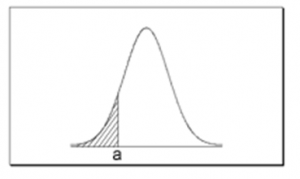
In the similar way for dealing with probability of random variable depends on the nature of random variable, so the concepts we are using will depend on the nature of random variable.
Conclusion:
In this article we mainly discuss the scenario of probability, how we can deal the probability and some concept comparatively. Before discussing the core subject this discussion is important so that the problems we deal stands where we know clearly. In the consecutive articles we relate probability to random variable and some familiar terms related to probability theory we will discuss, if you want further reading then go through:
Schaum’s Outlines of Probability and Statistics
https://en.wikipedia.org/wiki/Probability
For more topics on mathematics please check this page.
